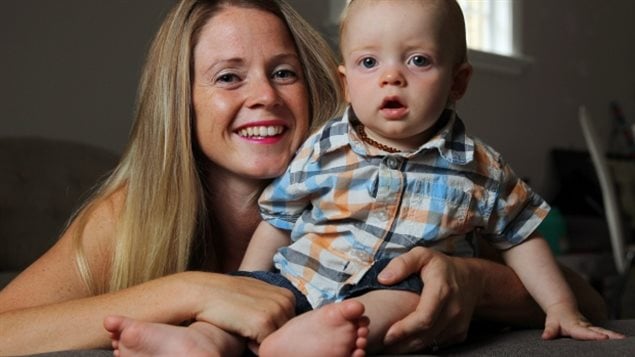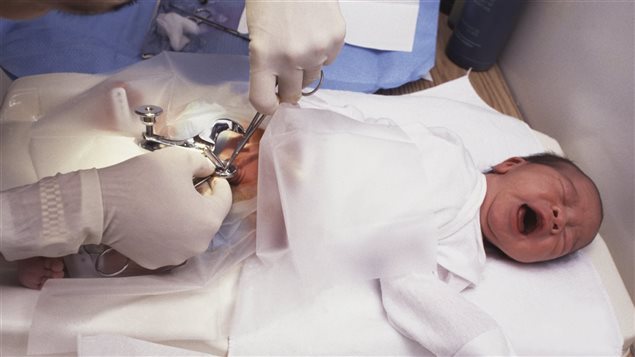T
The Canadian Paediatric Society (CPS) has slightly modified it’s position on male circumcision.
The last position statement released by the CPS in 1996 stated that circumcision of the foreskins of male penises, was “not recommended as a routine procedure”. That was because the benefits and risks balanced each other out.
The new position statement says,it “does not recommend the routine circumcision of every newborn male.”
The slightly modified difference it says, is because new evidence shows there are added benefits to the procedure including it may prevent or reduce the spread of HIV.
Dr. Joan Robinson, a paediatric infectious disease specialist in Edmonton says removal of the foreskin can also reduce the incidence of urinary tract infections in young boys, prevent sexually transmitted pathogens like herpes simplex virus and human papillomavirus in older boys and adult males, while protecting against penile cancer.

Quoted by the Canadian press she says, “”I think for most parents, it’s basically a cosmetic procedure, unless you’re part of a religion that insists that you have to have it done. We’re simply saying that for parents who are for whatever reasons keen on having their son circumcised, there’s now a little more evidence than there used to be about potential benefits.”
Male circumcision as a cultural or religious ritual has been practised for thousands of years, but it became a neonatal medical procedure in Britain and North America in the late 19th century to promote genital hygiene, lower disease risk, and the potential for having the procedure done later in life due to complications from non-retracting foreskins
In the middle of the last century, most Canadian boys were circumcised as a matter of course, but that number has since declined and only about a third of newborn males are circumcised.
Doctors recommend that if the procedure is to be done, it should be done in the first week of life. They say waiting increases the risk of complications like infection, and that of increased pain.
Because it’s considered a cosmetic operation, it is not generally covered by public insurance plans. It is usually performed before discharge from the hospital or at specialized out-patient clinics and can cost $300-$500.
Dr. Jeremy Friedman, associate pediatrician-in-chief at the Hospital for Sick Children in Toronto.
“My advice to most of those families tends to be there really isn’t a good medical reason to convince you to do it or convince you to not do it.”
As long as the surgery is performed by people who are well-trained, in a setting with good hygiene practices and good pain relief, “it really is a very safe procedure with a very low risk of any real complications,” Friedman says.
“I think the tricky part is interpreting how important it is for your son.”
With files from Canadian Press







For reasons beyond our control, and for an undetermined period of time, our comment section is now closed. However, our social networks remain open to your contributions.